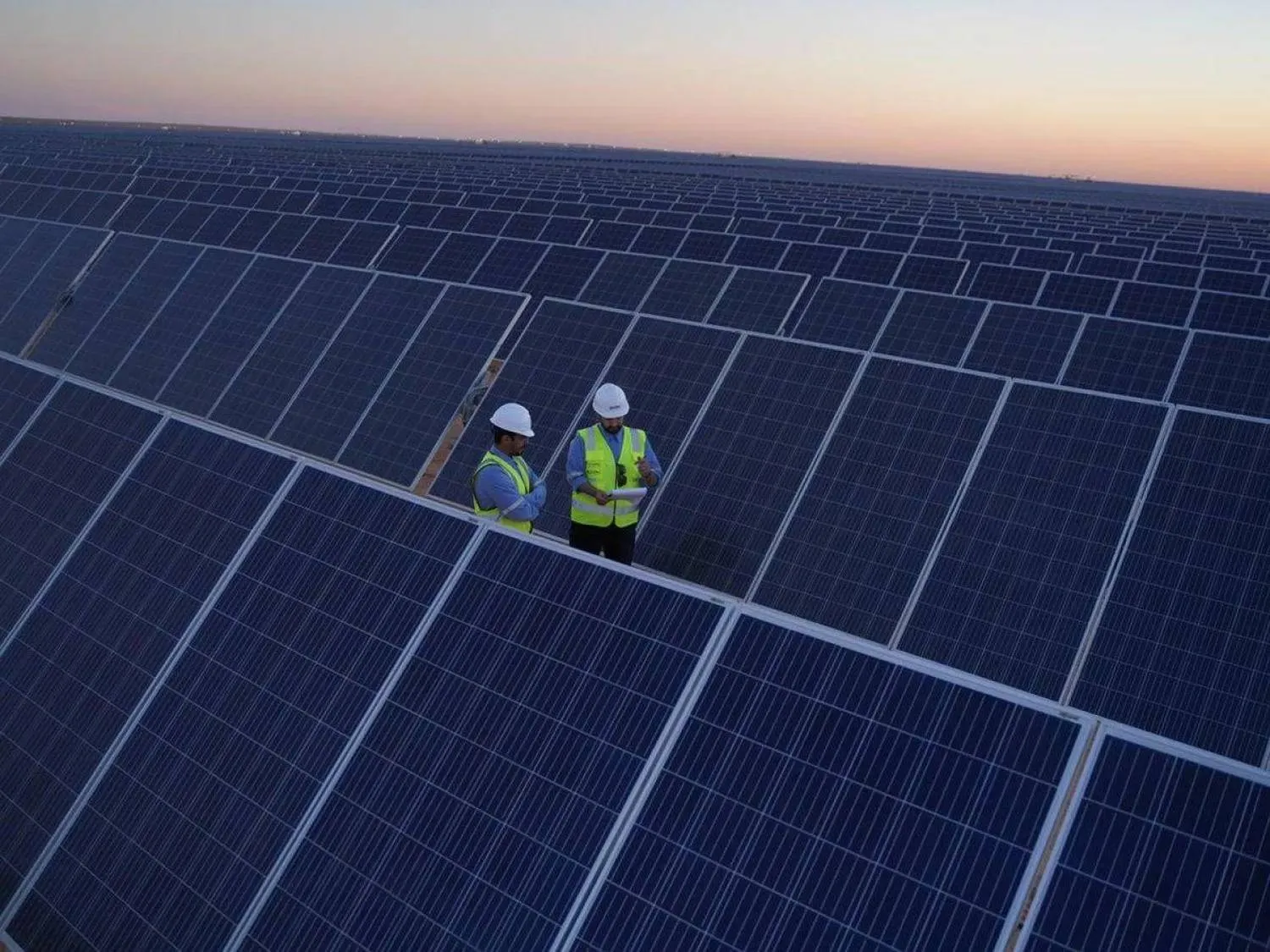Saudi Arabia was the world’s top exporter of dates in 2021, revealed Trendmap.
The Kingdom topped a list of 113 export countries, reaping 1.215 billion riyals (324 million dollars) from selling dates.
This means dates are among the most important sectors that help in raising national investments and exports, achieving one of the goals of Vision 2030.
The Ministry of Environment, Water and Agriculture revealed that Saudi Arabia produces and exports over 300 types of dates with production reaching 1.54 tons annually.
In a report, it said the season for producing dates begins in June and ends in November.
Saudi Arabia boasts the best quality dates and the ministry is working to transform the Kingdom into the world’s top producer, through improving the quality of production at farms and other measures.
Organic farms in the Kingdom adopt international food standards that ease the export process. Demand for dates as an organic product has risen in Europe, the United States and Japan.
This in turn has helped encourage investment to develop the palm and dates industry to make Saudi dates the world’s first choice for the product.
Saudi Arabia boasts 33 million palm trees. It produces various types of dates, including al-Barhi, al-Khudri, al-Khalas, al-Sukkari, al-Safawi, al-Safari, al-Ajwa, al-Anbara and others.
The ministry is working on establishing a comprehensive system of agricultural, logistic, marketing and information services to improve the local and international production and consumption of Saudi dates.
It has also proposed initiatives with United Nations agencies that have led to dates’ registration as a super fruit at the Food and Agriculture Organization, which declared 2027 the International Year of Dates.









